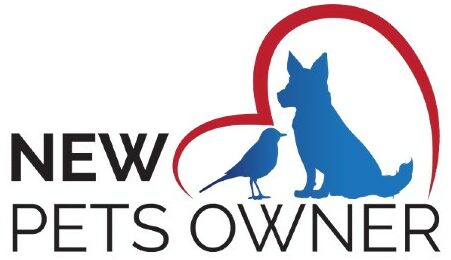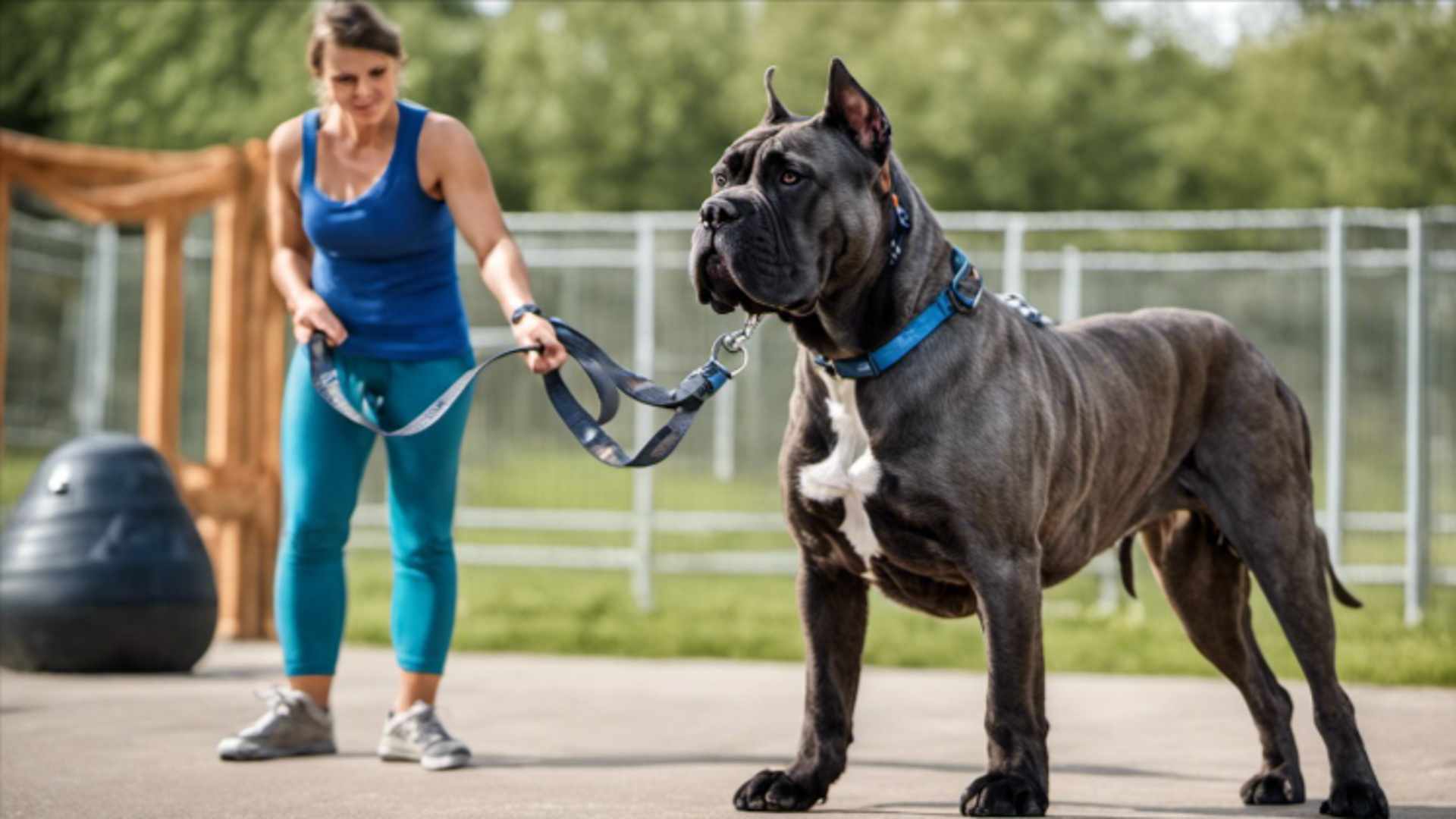Are you debating between a Cane Corso and a Wolf as the next addition to your family? Not sure which one is right for you? Look no further! In this article, we’ll cover everything you need to know about the Cane Corso and Wolf breeds.
So, let’s dive in and get started!
Cane Corso vs Wolf: An Overview
When comparing the Cane Corso and the wolf, it’s essential to understand their unique characteristics and backgrounds. We’re delving into the differences and similarities between these two magnificent creatures, highlighting their physical attributes, behavior, and natural habitats.
Here’s a quick overview of which areas we’ll be comparing these two breeds.
- Physical characteristics, size and weight, bite force, speed, agility, and stamina
- Temperament and behavior, general temperament, protective and guarding instincts
- Cane Corso and Wolf interaction
- Hunting skills and techniques
- Caring for a Cane Corso, exercise and space requirements, grooming and maintenance
- Choosing a Cane Corso, breeders and quality, experienced owners, breed history and origins
Here’s a comparison rundown between Cane Corso and Wolf:
| Area | Cane Corso | Wolf |
|---|---|---|
| Physical Characteristics | – Height: 23-28 inches- Weight: 88-120 pounds- Bite force: 700 PSI- Speed: up to 25 mph | – Height: 26-32 inches- Weight: 51-180 pounds- Bite force: 1000 PSI- Speed: 50-60 mph |
| Temperament and Behavior | – Highly active and require regular exercise- Short, dense coat, minimal grooming- Lifespan: 10-12 years- Large breed-specific dog food- Needs mental stimulation and enrichment activities | – Wild animals with natural instincts and less predictable behavior- Strong territorial instincts- Do not share the same affinity for human interaction and bonding |
| Cane Corso and Wolf Interaction | – Outcome depends on individual animals involved and circumstances | – Should be avoided if possible to ensure safety of both species |
| Hunting Skills and Techniques | – Versatile breed, hunting, guarding, and herding purposes- Tracking and scent detection- Patience and stalking- Coordinated group efforts | – Natural-born hunters- Hunt in packs- Pack collaboration and communication- Ambush tactics and strategic positioning- Persistence and endurance |
| Caring for a Cane Corso | – Should be avoided if possible to ensure the safety of both species | N/A |
| Choosing a Cane Corso | – Find a reputable breeder- Experienced owners- Originating | N/A |
While Cane Corsos may share a canine ancestry with wolves, they differ significantly in terms of behavior. Corsos are known for their consistent ability to adapt to human environments and routines, whereas the wolf remains instinctually driven and unpredictable, thriving in the wild. As such, we have to be cautious when comparing their instincts and temperament.
So, while they may share some physical similarities, their behaviors, social structures, and roles in our lives and ecosystems diverge significantly.
Cane Corso vs. Wolf: Who would win?
Based on the search results, it is highly unlikely that a Cane Corso would win in a one-on-one fight against a wolf.
Wolves are more skilled and have more wild experience, and their bite force is greater than that of a Cane Corso. Additionally, wolves have greater battle stamina and are faster and more agile than Cane Corsos.
While a Cane Corso may be able to inflict some harm on a wolf, the majority of the time, the wolf would win. It is important to note that wolves are wild predators, while Cane Corsos are domesticated dogs bred for companionship, guarding, and hunting
Can a cane corso kill a wolf?
While a Cane Corso is a powerful and protective breed, it is unlikely that it could kill a wolf in a one-on-one encounter. Wolves are highly skilled predators with strong hunting instincts, making them formidable opponents. It is not recommended to expose a Cane Corso to a wolf due to the danger it poses.
Physical characteristics
Undoubtedly, these two breeds are quite different in size and weight. Let’s take a closer look at their physical features and abilities.
Size and weight
Cane Corsos and wolves both possess impressive sizes, although they differ in their overall body structure. To break it down:
- Cane Corso. Males typically stand 25-27.5 inches tall and weigh 99-110 pounds, while females stand 23.5-26 inches tall and weigh 88-99 pounds.
- Wolf. Males measure 26-32 inches at the shoulder and weigh 70-110 pounds, whereas females measure 24-30 inches and weigh 60-100 pounds.
Bite force and jaws
Both Cane Corsos and wolves have powerful jaws, making them formidable opponents. Here are their bite force measurements:
- Cane Corso. Their bite force is around 700 PSI, putting them among the breeds with the strongest bite.
- Wolf. Wolves boast an even more impressive bite force of 1200 PSI, easily surpassing the Cane Corso.
Speed, agility, and stamina
As athletic creatures, Cane Corsos, and wolves showcase ample speed, agility, and stamina.
- Cane Corso. Known for their impressive agility and stamina in various activities, they can reach speeds up to 25 miles per hour.
- Wolf. Wolves are faster, reaching 30-40 miles per hour. Their agility and stamina also outshine that of the Cane Corso, as they can travel long distances while maintaining speed.
Comparison with other breeds
Compared to other dog breeds, both Cane Corsos and wolves possess distinct physical characteristics.
- Mastiffs, Great Danes, and Bulldogs. Cane Corsos are more compact dogs with a higher weight-to-height ratio than these breeds.
- Kangal, Presa Canario, and Anatolian Shepherd. The bite force of a Cane Corso is similar to that of these breeds, which also have powerful jaws.
Animals they can reach
Strong and capable animals, Cane Corsos, and wolves can tackle various prey.
- Cane Corso. Bred for hunting and protection, they can handle smaller animals such as rabbits and easily fend off common predators like foxes.
- Wolf. The apex predator of their habitat, wolves, have the strength and cunning to take down much larger animals like elk, moose, and deer.
Unique capabilities
Cane Corsos and wolves each possess their own set of unique capabilities.
- Cane Corso. As versatile working dogs, they excel in protecting property and livestock, as well as adapting to various roles like search and rescue, police, and military work.
- Wolf. Wolves are strong enough to kill bears and work together in a pack structure to take down large prey. Their teamwork, resilience, and adaptability are truly unmatched in the animal kingdom.
Temperament and behavior
Nobody wants to be caught off guard, so it’s important to understand the different temperaments of these two breeds.
General temperament
Cane Corsos and wolves have distinct temperaments. Cane Corsos are known for their loyal, gentle, and even-tempered nature.
They are intelligent, making them highly adaptable to various situations. Wolves, on the other hand, are wild animals with natural instincts and less predictable behavior.
Protective and guarding instincts
Cane Corsos make excellent guard dogs due to their protective nature. They are fearless and assertive, ensuring the safety of their family and property.
Wolves display strong territorial instincts, defending their pack and hunting grounds from intruders.
Family and children
Cane Corsos are great family dogs. They are gentle and patient around children, and their protective instincts make them reliable watchdogs.
Wolves, being wild animals, do not share the same affinity for human interaction and bonding.
Socialization and training
Training and socialization are crucial for Cane Corsos. They require consistent, positive reinforcement to develop a well-behaved disposition.
As pack animals, wolves follow a hierarchical social structure that doesn’t require the same type of human-led training.
Pack mentality
Both Cane Corsos and wolves thrive in a pack environment. Cane Corsos look to their human families as their pack, while wolves have complex social structures within their species. Knowing their respective roles in the pack is essential for both animals.
Comparison with wild animals
While Cane Corsos and wolves share some temperament traits, it’s important to remember that Cane Corsos are domesticated pets.
They have been bred for companionship, protection, and loyalty, whereas wolves are inherently wild animals with natural instincts and behaviors.
Temperament towards other breeds
Cane Corsos can be friendly with other dogs, though early socialization is crucial for avoiding aggression or territoriality.
Wolves, on the other hand, tend to view other animals as competition or prey and are less likely to forge bonds with other species.
Cane Corso and Wolf interaction
Well, you wouldn’t want to put a Cane Corso and Wolf together in the same space. These two animals have very different needs, temperaments, and capabilities that can lead to clashes if left unsupervised.
Can a Cane Corso defeat a Wolf?
When it comes to the question of whether a Cane Corso can defeat a Wolf in a fight, there are several factors to consider.
While the Cane Corso is a large and muscular breed, wolves have evolved as skilled hunters with powerful jaws and sharp teeth. As such, a one-on-one confrontation between the two may not have a definitive outcome.
However, we believe that the Cane Corso may still put up a valiant effort, but the outcome would heavily depend on the individual animals involved and the circumstances.
Dogs and Wolves history
The relationship between dogs and wolves dates back thousands of years, as dogs are believed to have descended from wolves.
Early humans bred dogs for specific purposes, such as protection, hunting, and companionship.
It is essential to understand that while there are similarities and shared ancestry between wolves and dogs like the Cane Corso, there are also significant differences that have developed throughout history due to human intervention and selective breeding.
Hunting skills and techniques
Both breeds have unique skills and techniques when it comes to hunting. Let’s take a look at some of the hunting skills and techniques used by Cane Corsos and wolves:
Cane Corso
The Cane Corso is a versatile breed that hails from Italy and was initially bred for hunting, guarding, and herding purposes.
They possess incredible strength and agility, combined with their natural instinct to protect, which makes them well-suited for tackling large prey. Some of their key hunting skills and techniques include:
- Tracking and scent detection
- Patience and stalking
- Coordinated group efforts
Wolves
Wolves are natural-born hunters in the wild, known for their ability to strategize and adapt to various situations and environments.
They typically hunt in packs and employ complex tactics to ensure the success of their hunts. Here are some of their most common hunting skills and techniques:
- Pack collaboration and communication
- Ambush tactics and strategic positioning
- Persistence and endurance
Caring for a Cane Corso
Like with any pet, taking proper care of a Cane Corso is essential if you want your pet to live a long and healthy life. Let’s start by looking at some of the basic needs that should be met for your pet.
Read also: Cane Corso Bite Force: Everything You Need to Know!
Exercise and space requirements
Cane Corso dogs are highly active and require regular exercise. We recommend at least one hour of physical activity daily, such as brisk walks, fetch, or agility training. A spacious yard or nearby park is ideal for these dogs to stretch their legs and expend energy.
Grooming and maintenance
Our Cane Corso friends have short, dense coat that requires minimal grooming. Weekly brushing with a bristle brush or rubber grooming mitt helps remove dead hair and maintain a healthy coat.
During shedding season, it’s necessary to increase the frequency of brushing. While these dogs are low maintenance, don’t forget to trim their nails and clean their ears regularly.
Lifespan and health
With proper care, a Cane Corso can live for 10-12 years. It’s crucial to keep up with routine veterinary checkups and preventive care.
Some health concerns include hip dysplasia, elbow dysplasia, and eye issues like entropion or ectropion.
Regular vet visits and monitoring for any abnormalities help ensure the longevity and well-being of our Cane Corso companions.
Food and diet
Cane Corsos require large breed-specific dog food to support their muscular build and maintain optimal health. Here’s a breakdown of their dietary needs:
- 2-4 cups per day for a 50-70 lb Cane Corso
- 4-5 cups per day for a 70-100 lb Cane Corso
Our recommendation is to feed high-quality, nutritionally balanced food, divided into two meals daily. Always consult with your veterinarian for specific dietary needs based on your dog’s weight, age, and activity level.
Toys and entertainment
To keep your Cane Corso mentally stimulated and prevent destructive behavior, it’s essential to provide a variety of toys and enrichment activities. Some popular options include:
- Puzzle toys. To challenge their problem-solving skills.
- Chew toys. To promote dental health and alleviate boredom.
- Interactive toys. To encourage play and bonding with their human family.
Choosing a Cane Corso
This is one of the most important steps when it comes to adopting any pet. Taking into account all the factors mentioned above, let’s move on to selecting a suitable name for your Cane Corso!
Breeders and quality
When searching for a Cane Corso, it is crucial to find a reputable breeder. There is a growing problem with bad Corso breeders, and we want to avoid supporting these unethical practices.
Here are some tips for selecting a good breeder:
- Conduct thorough research and read reviews from other buyers.
- Visit the breeder’s premises to observe the living conditions and the temperament of the parent dogs.
- Ask for health testing and certification for the puppies.
Experienced owners
Cane Corsos are not a suitable dog breed for beginners. They need owners with experience handling large, powerful breeds and a strong understanding of canine behavior.
As a potential owner, you should already have a grasp of the following:
- Obedience training and socialization.
- Handling any potential aggression or territorial issues.
- Providing adequate exercise and mental stimulation.
Read also: Cane Corso Bite Force vs. Lion: Ultimate Comparison ([year])
Breed history and origins
Understanding the history and origins of the Cane Corso can help you establish a deeper connection with your pet and appreciate their unique qualities. Originating from Italy, the Cane Corso is considered an Italian breed with a history dating back to Roman times.
Key facts about the breed’s history:
- Historically used for various tasks such as guarding, herding, hunting, and even participating in war.
- Descended from ancient Roman Molossers.
- Cane Corso translates to ‘guardian dog’ or ‘protector’ in Latin.
Summary
Before we move on to the conclusion, we’ve summarized this article into a short list of key points for you to remember:
- Cane Corsos and wolves have physical similarities but differ significantly in behavior and social structures.
- Cane Corsos have a bite force of around 700 PSI, while wolves have a bite force of 1200 PSI.
- Wolves are faster, more agile, and have better stamina than Cane Corsos.
- Cane Corsos are loyal, gentle, and protective, while wolves are wild animals with natural instincts and less predictable behavior.
- Caring for a Cane Corso requires regular exercise and a spacious yard or nearby park.
- Putting a Cane Corso and wolf together in the same space is not recommended, and the outcome of a one-on-one confrontation between the two heavily depends on individual animals and circumstances.
Final thoughts
There you have it! We hope this article has helped you to understand the differences between these two breeds and appreciate the unique qualities that set them apart.
Now for the fun part—naming your furry companion! Here are 30 examples of great names for Cane Corso.
What are your thought on these two breeds? Let us know by commenting on the button below.
Want to learn more about Cane Corso?
Ready to boost your knowledge to the next level? If so, check out the articles below:





